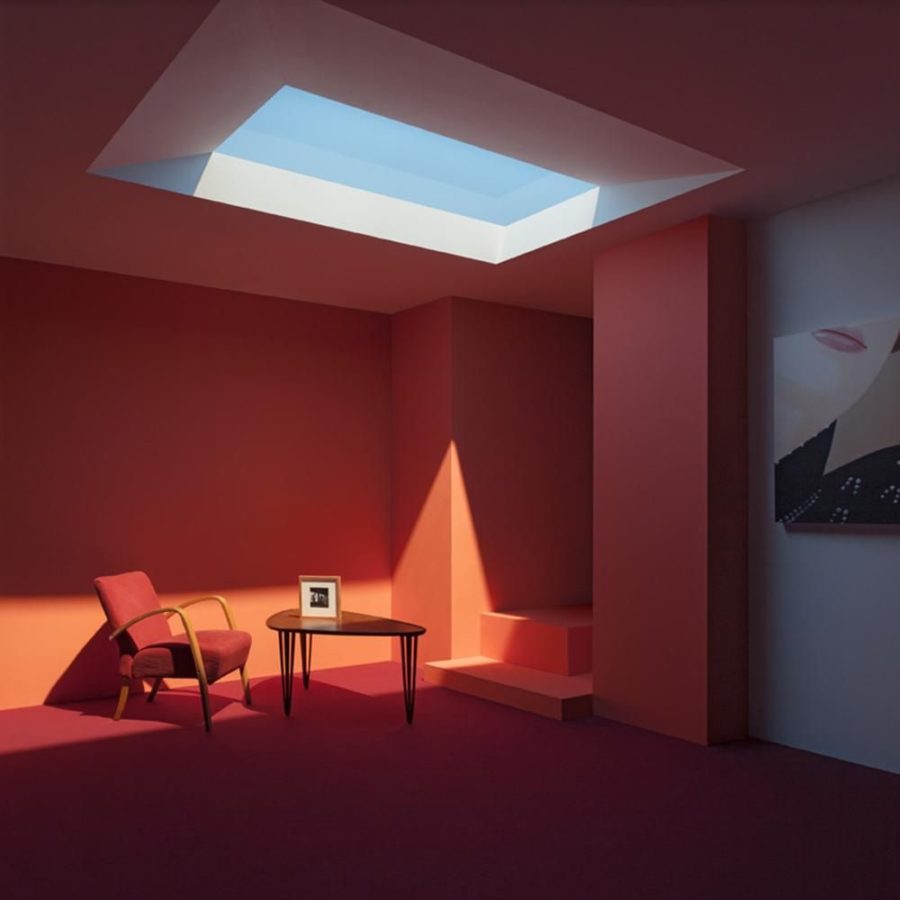Artificial skylight is “indistinguishable” from actual sun
By Sam Vander Forest, [email protected]
Coelux artificial light. Photo courtesy of ThisisColossal.com
February 13, 2015
Italian scientists recently released the most innovative improvement in artificial sunlight in recent history and its name is the CoeLux.
The device is so advanced that it mimics the Earth’s atmospheric makeup of nitrogen, oxygen and CO2 by compressing nanoparticles into a millimeter-sized area. This process allows for the LED light to pass through and almost perfectly recreate sunlight and the blue sky.
The applications for a product like this are almost endless and in the long run, it could possibly help with global congestion by building what the scientists call “earthscrapers” to act as the counterpart to skyscrapers. A more likely everyday-person use is installing the light in basements and low-level parking structures that are normally dimly lit. Imagine working in stagnantly lit areas like hospitals or underground, but now being able to constantly have the warmth and uplifting feeling of sunlight and blue skies. Could this have an effect on stress or depression levels?
Another possible solution this could lead to is the reduced use of actual glass windows and the loss of heat or air conditioning. The reduction in energy costs when implementing the CoeLux could be substantial.
We recently discussed during our “Tech Tuesday“ segment the project in New York City to build an underground park and use refracted light to reach the abandoned subway station below. CoeLux could be another viable option for the architects of that project, if they so choose.
The light may not yet move to mimic the passing of time, but it does come in three types to recreate sunlight in different parts of the globe: tropical, Mediterranean and Nordic environments. Check out the images, courtesy of ThisIsColossal.com, as well as the attached YouTube video from CoeLux’s website.







